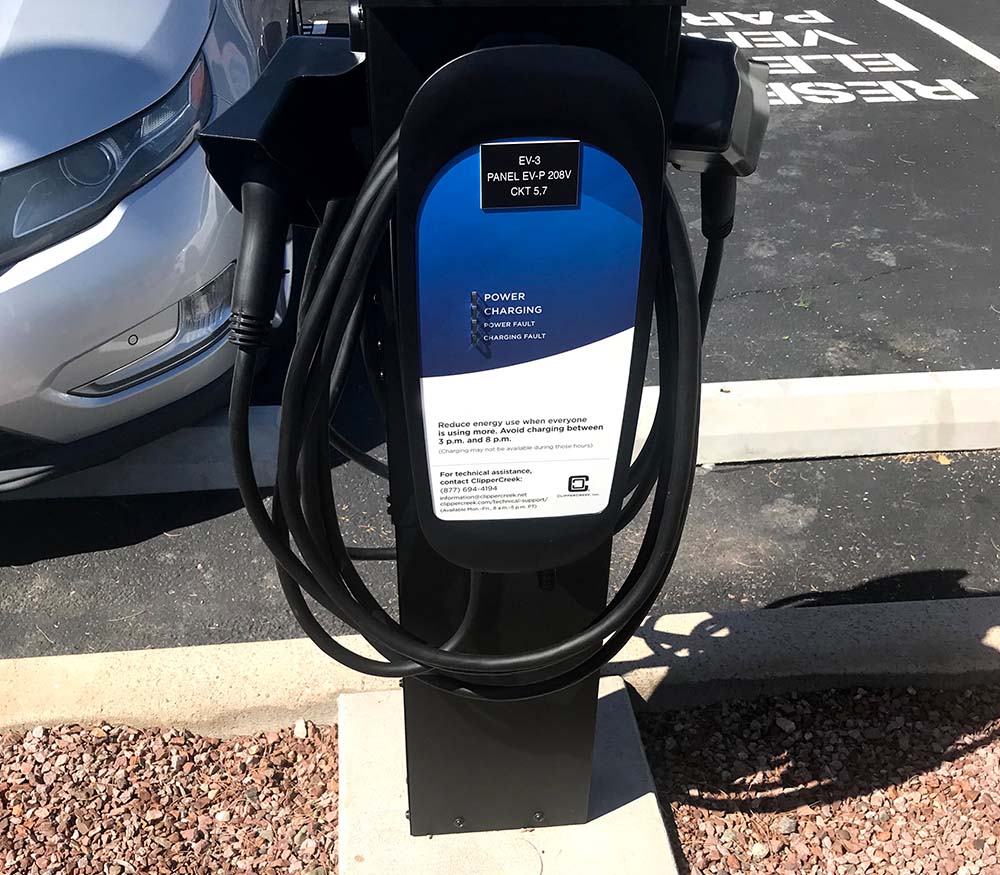Solution
Moving applications for the program to implementation at over 150 sites requires a lot of customized work. In recognition of a rapidly growing backlog of projects once the program launched, the utility selected Burns & McDonnell to assist. Working in collaboration with another firm, we assess each site and create cost-efficient designs.
In the early stages, we focused on working through the process, understanding and organizing the phases that applications go through. With clear insight into the big picture, we could begin to find efficiencies and help the utility dig into its backlog.
The process begins with a desktop review. As soon as an application is received, we take a high-level look at transformer loading on the customer site. The utility enabled us to integrate into its systems to facilitate fast reviews and go/no-go decisions in about two days. Most sites are workable, and a quick introductory call is placed to the customer expressing thanks for the interest.
A site walk is next: The engineering team visits the site to look at the parking stalls and electrical infrastructure and gather any other information needed before moving into the design phase. Notes are compiled and a preliminary design is developed. We run the plan by the customer on another call to agree on the details. If everyone is in agreement, the utility sends the customer a full acceptance package consisting of charger selection and location details and a contract.
Each site then enters the final engineering phase, pulling together design documents and all information needed for permitting with the authorities having jurisdiction. Our knowledge of slightly differing requirements for varying jurisdictions helps us tailor the drawings to accommodate that. A couple of weeks after the permit is approved, a construction contractor is on-site. Two to three weeks later, the work is finalized. The charging station is energized and the site is closed out.

